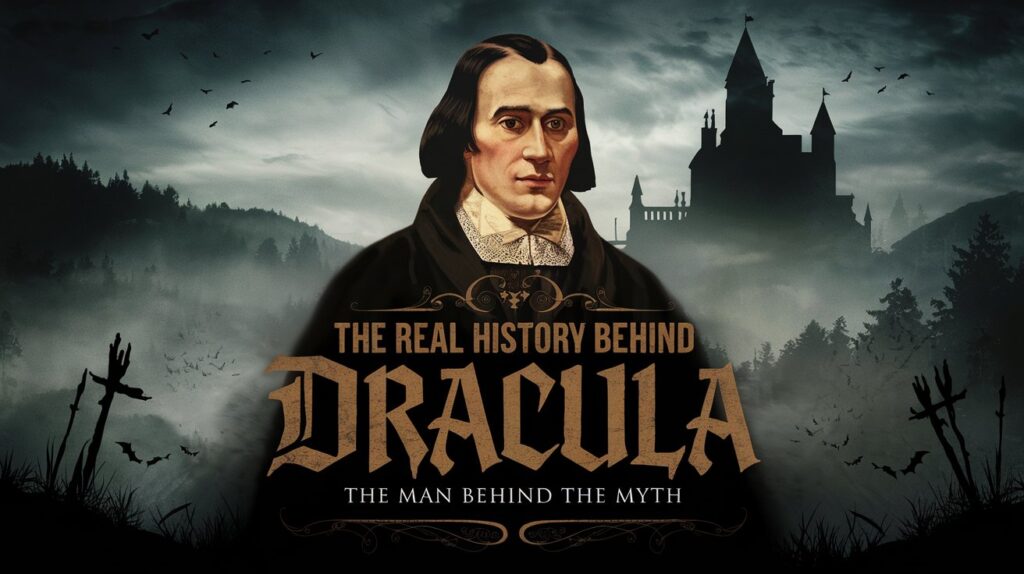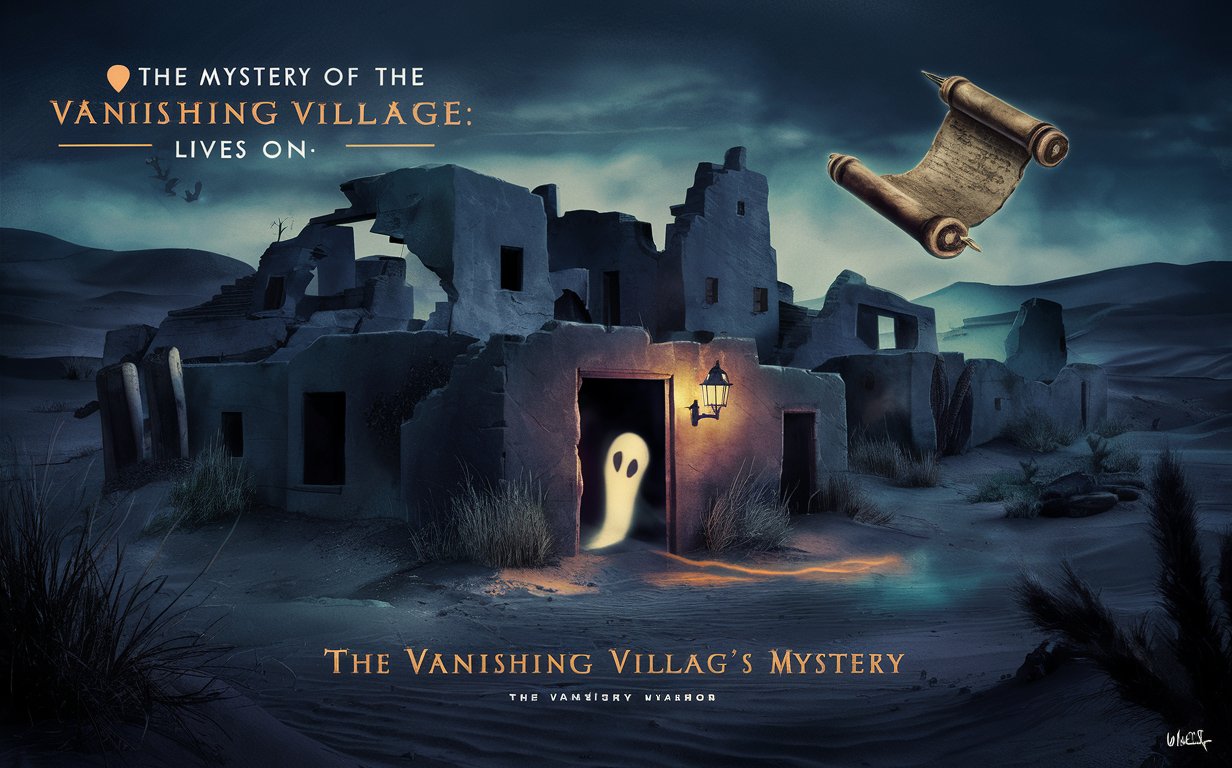The Real History Behind Dracula: Vlad the Impaler

Introduction
The legend of Dracula, popularized by Bram Stoker's 1897 novel, has captivated readers and audiences for generations. However, the character is largely inspired by a real historical figure: Vlad III, Prince of Wallachia, also known as Vlad the Impaler. This article explores the life of Vlad the Impaler, his brutal reign, and how he became intertwined with the Dracula mythos.
Who Was Vlad the Impaler?
Vlad III was born in 1431 in Transylvania, the son of Vlad II Dracul, a member of the Order of the Dragon, which aimed to defend Christianity in Eastern Europe. Vlad earned the nickname "Țepeș," meaning "the Impaler," due to his notorious methods of punishing enemies and criminals.
The Reign of Terror
Vlad ruled Wallachia at various times between 1448 and 1476. His reign was marked by a fierce struggle against the Ottoman Empire, as well as internal strife within Wallachia. To maintain control and instill fear, Vlad employed extreme measures, including:
- Impalement: Vlad is infamous for his brutal method of execution, where victims were impaled on long stakes. This gruesome tactic served both as punishment and a deterrent to would-be rebels.
- Psychological Warfare: He would often display the bodies of his enemies in public as a warning to others, further cementing his reputation for cruelty.
Conflicts with the Ottomans
Vlad's most notable conflict was with the Ottoman Empire, which sought to expand its influence in Eastern Europe. His resistance included daring raids and guerrilla tactics, but his methods often alienated potential allies. One of his most famous confrontations was during the night raid on Ottoman forces led by Mehmed II, where he inflicted heavy casualties.
The Connection to Dracula
Bram Stoker's Dracula was not a direct portrayal of Vlad the Impaler, but rather a fusion of various historical and folkloric elements. Stoker was inspired by tales of Vlad’s cruelty and his association with blood, which laid the groundwork for the vampire legend. The name "Dracula" itself is derived from "Dracul," meaning "dragon" or "devil" in Romanian, linking Vlad to the supernatural themes of the novel.
The Myths and Legends
Over time, Vlad the Impaler became enveloped in myths and legends that blurred the line between history and fiction. Folklore often depicted him as a vampire-like figure, leading to the belief that he was immortal. This connection was fueled by his gruesome reputation and the fear he instilled in those around him.
Vlad’s Legacy
Despite his notorious reputation, Vlad the Impaler is viewed differently in Romania, where he is sometimes regarded as a national hero for his defense against the Ottomans. His life and reign have sparked numerous works of literature, films, and academic studies, perpetuating the duality of his legacy as both a historical figure and a folkloric monster.
Conclusion
The real history behind Dracula is a complex tale of power, fear, and legend. Vlad the Impaler's brutal methods and fierce resistance to foreign invaders have left an indelible mark on history and culture. While Bram Stoker's fictional creation has become a symbol of horror, the truth of Vlad's life reveals the dark and turbulent world of 15th-century Eastern Europe. The story of Vlad the Impaler continues to intrigue and inspire, blending history with the supernatural in a captivating narrative.



Post Comment